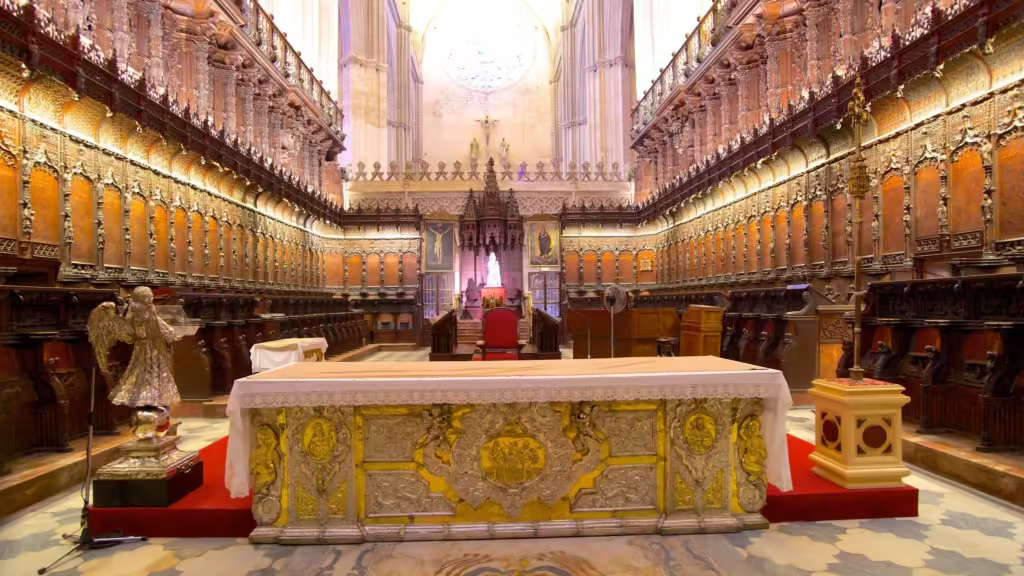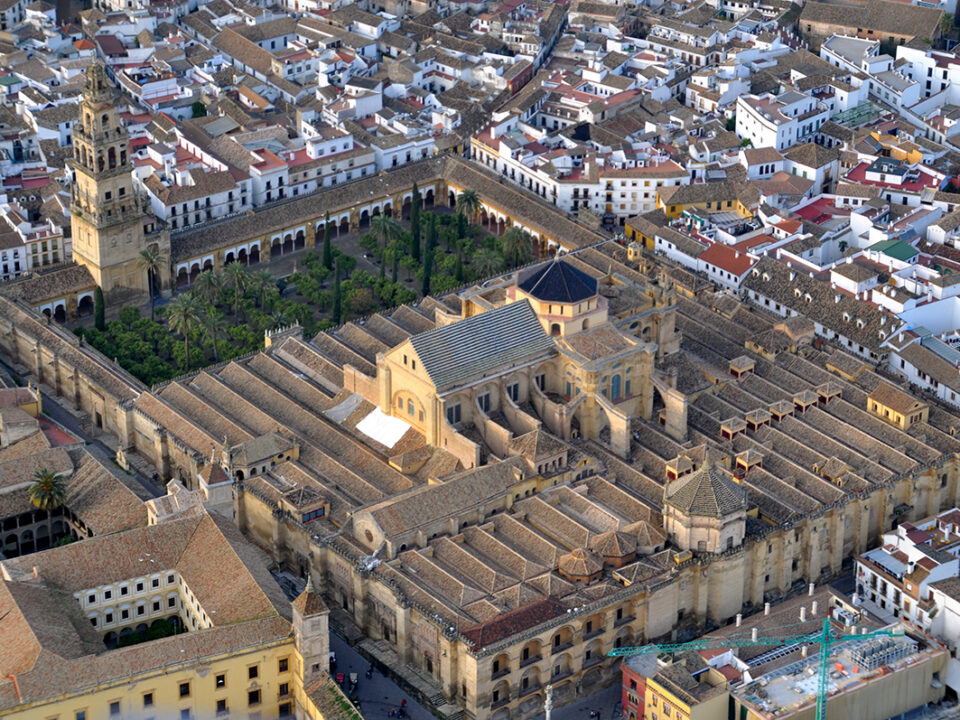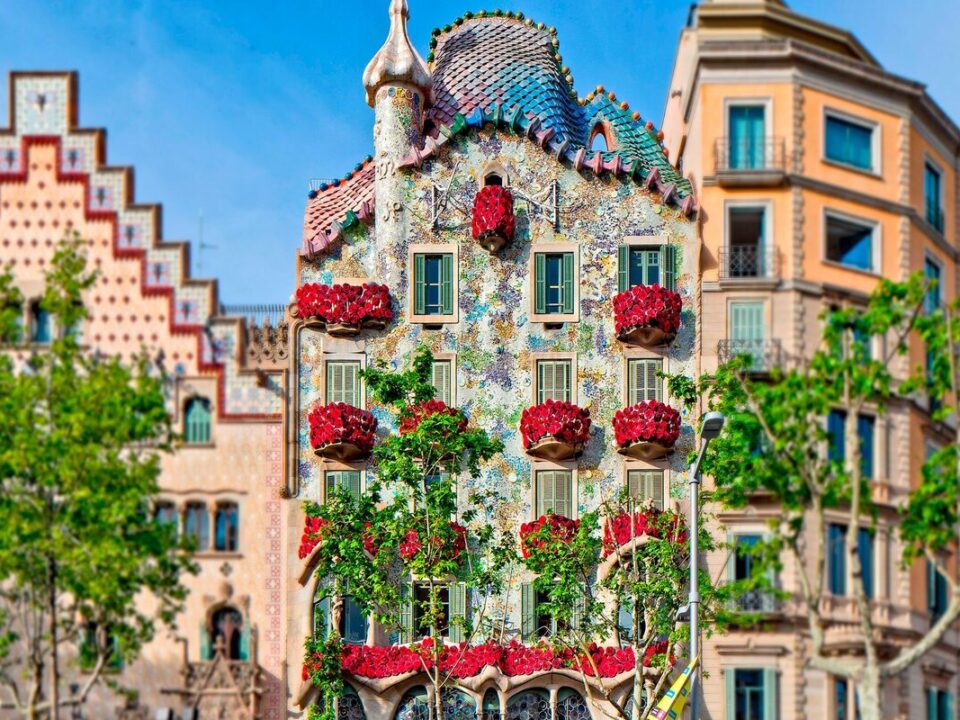Seville Cathedral: A Monumental Tapestry of History, Art, and Faith

Seville Cathedral: A Monumental Tapestry of History, Art, and Faith
Seville Cathedral: A Monumental Tapestry of History, Art, and Faith
Seville Cathedral, officially known as the Cathedral of Saint Mary of the See, stands as a majestic symbol of Gothic architecture and religious devotion in the heart of Seville, Spain. It is the largest Gothic cathedral and the third-largest church in the world. Constructed on the site of a former Almohad mosque, the cathedral is a UNESCO World Heritage Site renowned for its stunning architectural beauty, rich history, and its status as the final resting place of Christopher Columbus. This guide explores the grandeur and the spiritual aura of Seville Cathedral, offering insights into its art, architecture, and the role it continues to play in cultural and religious life.

Architectural Splendor
Gothic Grandeur
Seville Cathedral was built to showcase the city’s power and wealth after the Reconquista. Construction began in 1401 and continued over a century. Its expansive floor plan, towering vaults, and the intricate stone work are hallmark features of the flamboyant Gothic style that dominate the cathedral’s interior and exterior.

La Giralda
Originally a minaret for the mosque that once stood on the site, La Giralda was transformed into a bell tower for the cathedral. It is celebrated for its exquisite example of Almohad architecture and its seamless integration with Gothic and Renaissance styles added later. Visitors can climb the ramps — originally designed to accommodate a rider on horseback — to enjoy panoramic views of Seville.
Doorways and Facades
The cathedral features several impressive doorways, each richly decorated and historically significant. The Door of the Prince (Puerta del Principe) with its stunning golden relief of the Final Judgement, and the Door of the Conception (Puerta de la Concepción), adorned with 19th-century Gothic revival elements, are particularly noteworthy.
Treasures Within
Main Altar
The main altar, a staggering work of art, stands as one of the most elaborate altarpieces in the world. It features scenes from the life of Christ, meticulously carved from wood and gilded with gold. This masterpiece took over 80 years to complete and is a pivotal piece of religious art.
Christopher Columbus’ Tomb
One of the cathedral’s most visited attractions is the tomb of Christopher Columbus. The monument, held aloft by four heraldic figures, represents the kingdoms of Castile, León, Aragon, and Navarre.
Art and Chapels
The cathedral houses an extensive collection of art, including works by some of Spanish art’s most celebrated masters, such as Murillo and Zurbarán. Additionally, its chapels are adorned with magnificent altarpieces, each telling a different story of Christian faith and history.
Visiting Seville Cathedral
Plan Your Visit
Seville Cathedral is open to the public year-round, though hours may vary on religious holidays. Visitors are encouraged to check the schedule and book tickets in advance, especially during peak tourist seasons.
Guided Tours
For a deeper understanding of the cathedral’s history and significance, consider joining a guided tour. These tours are often led by knowledgeable guides who provide insights into the cathedral’s art, architecture, and ongoing role in the religious life of Seville.

Events and Services
The cathedral is not only a historical monument but also a living place of worship. Attending a service allows visitors to experience the spiritual richness of this sacred site. Additionally, the cathedral hosts concerts and special events throughout the year, showcasing its cultural significance.
Conclusion
Seville Cathedral is a breathtaking monument that embodies the artistic, cultural, and spiritual aspirations of its creators. Its vast halls and quiet chapels offer a place of reflection and awe, while its artistic treasures and vibrant history make it a cornerstone of Seville’s cultural heritage. Whether you are drawn by faith, history, or architectural beauty, Seville Cathedral offers a profound glimpse into the soul of Spain.



